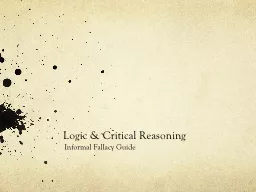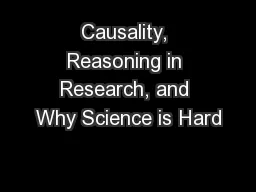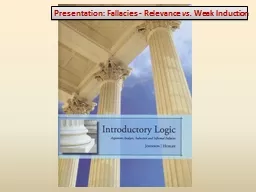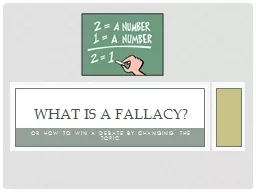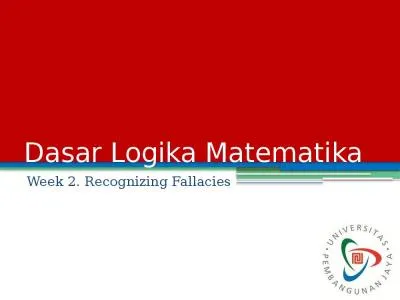PPT-Fallacies in Numerical Reasoning
Author : danika-pritchard | Published Date : 2018-03-11
by H James Norton wwwjimnortonphdcom s statistics technical aspects of statistics such as assumptions or differences between ttest amp Wilcoxon rank sum test
Presentation Embed Code
Download Presentation
Download Presentation The PPT/PDF document "Fallacies in Numerical Reasoning" is the property of its rightful owner. Permission is granted to download and print the materials on this website for personal, non-commercial use only, and to display it on your personal computer provided you do not modify the materials and that you retain all copyright notices contained in the materials. By downloading content from our website, you accept the terms of this agreement.
Fallacies in Numerical Reasoning: Transcript
Download Rules Of Document
"Fallacies in Numerical Reasoning"The content belongs to its owner. You may download and print it for personal use, without modification, and keep all copyright notices. By downloading, you agree to these terms.
Related Documents




